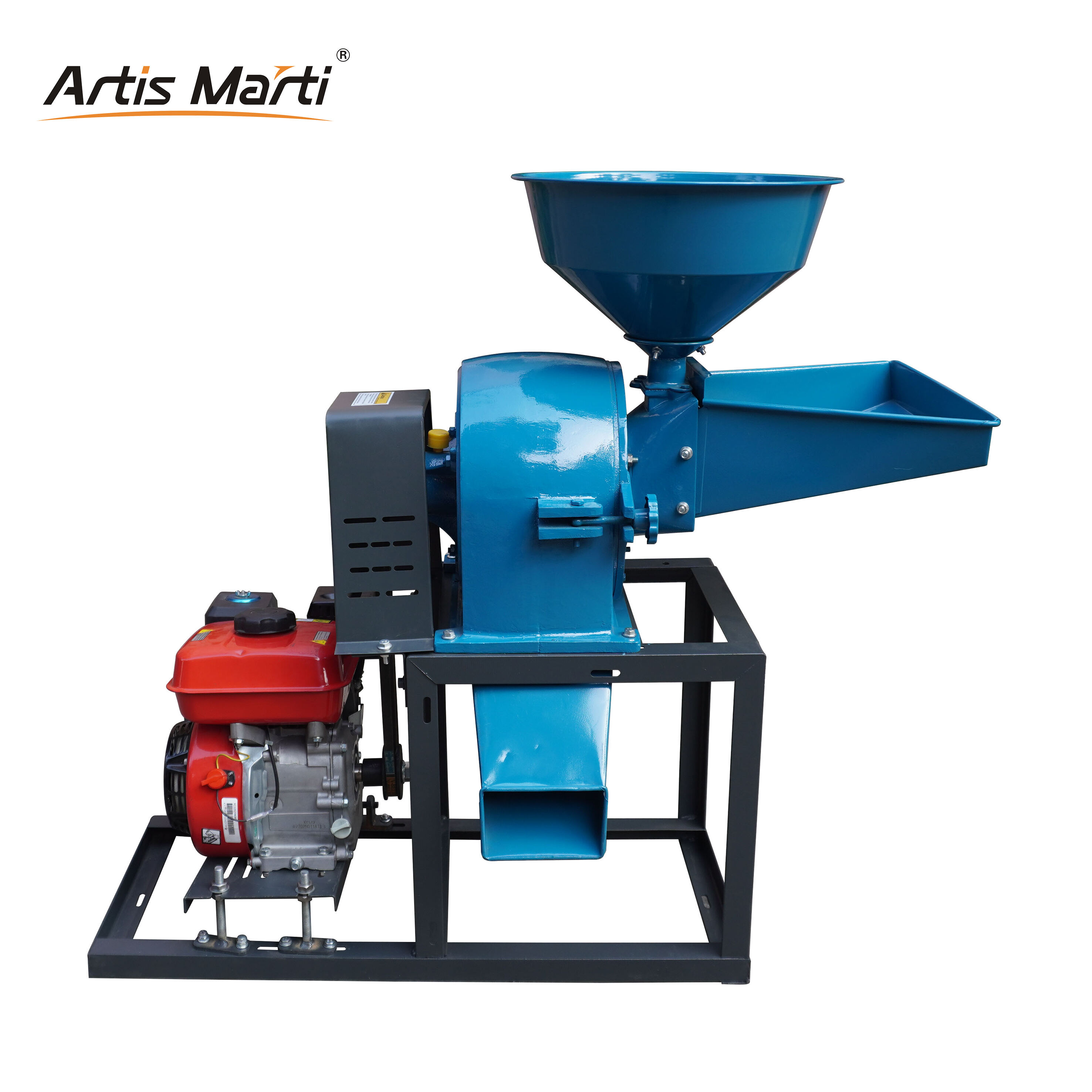Benefits of High-Performance Pellet Machines
Enhanced Efficiency
High-performance pellet machines streamline feed production by maximizing output in less time. These machines operate with precision, ensuring every pellet meets the required standards. You can rely on their advanced technology to reduce downtime and maintain a steady production flow. This efficiency allows you to meet growing demands without compromising quality. By optimizing the production process, these machines help you achieve consistent results with minimal effort.
Cost Savings
Investing in high-performance pellet machines reduces operational expenses over time. Their energy-efficient designs lower electricity consumption, which directly cuts costs. Additionally, these machines minimize material waste during feed production. You save money by utilizing raw materials more effectively. Automated features also reduce labor requirements, allowing you to allocate resources more efficiently. Over the long term, these savings make a significant impact on your overall budget.
Improved Feed Quality
High-performance pellet machines ensure uniformity in every pellet produced. Consistent pellet size and density are crucial for meeting the nutritional needs of animals. These machines use precise mechanisms to maintain quality throughout the production process. You can trust them to produce feed that supports animal health and growth. Superior feed quality not only benefits livestock but also enhances your reputation as a reliable producer. With these machines, you deliver PRODUCTS that meet industry standards and customer expectations.
Durability and Build Quality
When selecting a pellet machine, you should prioritize durability and build quality. Machines constructed with high-grade materials last longer and withstand the demands of feed production. A sturdy frame and robust components prevent wear and tear, even during continuous operation. Reliable construction ensures the machine performs consistently over time. You avoid frequent repairs and replacements, which saves both time and money. Always inspect the materials used in the machine's design to ensure they meet industry standards.
Energy Efficiency
Energy efficiency plays a critical role in reducing operational costs. High-performance pellet machines use advanced technology to minimize energy consumption without compromising output. Efficient machines convert more energy into productive work, which lowers electricity bills. By choosing an energy-efficient model, you contribute to sustainable feed production practices. Look for machines with energy-saving certifications or features that optimize power usage. This investment benefits your budget and supports environmentally friendly operations.
Production Capacity
Production capacity determines how much feed you can produce within a specific time frame. You should evaluate your production needs before selecting a machine. Machines with higher capacity handle larger volumes, making them ideal for commercial feed production. Smaller models suit farms or operations with limited requirements. Matching the machine's capacity to your needs ensures smooth workflow and prevents overloading. A well-chosen machine helps you meet demand efficiently while maintaining consistent feed quality.
Automation and Control
Automation and control systems in high-performance pellet machines simplify feed production. These features allow you to manage the entire process with minimal manual intervention. Automated systems monitor and adjust key parameters like temperature, pressure, and pellet size. This ensures consistent results without constant supervision. You can rely on these systems to maintain precision and reduce errors during production.
Modern pellet machines often include user-friendly control panels. These interfaces let you set production parameters quickly and accurately. Some machines even offer touchscreen displays for easier navigation. With these controls, you can customize settings to match your specific feed requirements. This flexibility helps you produce feed that meets the unique needs of different livestock.
Advanced automation also improves efficiency. Machines equipped with smart sensors detect issues like blockages or overheating. They alert you immediately or shut down to prevent damage. This reduces downtime and protects the machine from wear and tear. By using automated features, you save time and maintain a smooth production flow.
Applications in Feed Production
Livestock Feed
High-performance pellet machines play a crucial role in producing feed for livestock. You can use these machines to create pellets that meet the specific dietary needs of cattle, sheep, and other farm animals. The uniform size and density of the pellets ensure that livestock receive balanced nutrition in every bite. This consistency supports healthy growth and improves overall productivity. By using these machines, you can produce feed that enhances digestion and reduces waste, which benefits both the animals and your operation.
Pellet machines also allow you to incorporate various ingredients into the feed. You can mix grains, vitamins, and minerals to create a complete diet for your livestock. This flexibility helps you meet the nutritional requirements of different animals. Additionally, the durability of the pellets makes them easy to store and transport, ensuring they remain fresh and effective over time. With these machines, you can streamline feed production and maintain high standards for your livestock's health.
Poultry Feed
Producing high-quality poultry feed becomes more efficient with pellet machines. These machines enable you to create feed pellets that are easy for chickens, ducks, and other birds to consume. The compact size of the pellets ensures that poultry can eat them without difficulty, reducing feed waste. You can rely on the machines to produce consistent pellets that support optimal growth and egg production.
You can customize the feed composition to suit the needs of different poultry species. By adding essential nutrients, you ensure that your birds receive a balanced diet. Pellet machines also help you maintain hygiene during feed production. The high temperatures used in the process eliminate harmful bacteria, making the feed safer for consumption. This improves the health of your poultry and reduces the risk of disease outbreaks.
Using pellet machines for poultry feed production also saves time and labor. The automated features of these machines allow you to produce large quantities of feed with minimal effort. This efficiency helps you meet the demands of your poultry operation while maintaining consistent quality.
Aquaculture Feed
Aquaculture feed production benefits significantly from high-performance pellet machines. These machines allow you to produce pellets that sink or float, depending on the feeding habits of fish and other aquatic species. You can create feed that meets the specific nutritional needs of species like tilapia, catfish, and shrimp. The uniform size and shape of the pellets make them easy for aquatic animals to consume, reducing feed waste in water.
Pellet machines also enable you to include essential nutrients in the feed. You can add proteins, fats, and vitamins to support the growth and health of aquatic species. The precise control offered by these machines ensures that every pellet contains the right balance of ingredients. This consistency improves feed efficiency and promotes sustainable aquaculture practices.
The durability of the pellets produced by these machines ensures they remain intact in water for longer periods. This reduces nutrient loss and keeps the water clean, which is vital for maintaining a healthy aquatic environment. By investing in pellet machines, you can enhance the efficiency and quality of your aquaculture feed production.
How to Choose the Right Machine
Assess Your Production Needs
Start by evaluating your specific production requirements. Consider the type of feed you plan to produce, whether it’s for livestock, poultry, or aquaculture. Each type of feed may require different pellet sizes and densities. Determine the volume of feed you need to produce daily or monthly. This helps you identify a machine with the right production capacity. Small-scale operations may benefit from compact models, while large-scale facilities require machines designed for high output.
Think about the ingredients you will use in your feed. Some machines handle a wide variety of raw materials, while others work best with specific types. If you plan to include additives like vitamins or minerals, ensure the machine can mix and process them effectively. By understanding your production needs, you can narrow down your options and choose a machine that aligns with your goals.
Maintenance and Longevity Tips
Regular Cleaning and Inspection
Keeping your pellet machine clean ensures smooth operation and extends its lifespan. Dust, debris, and leftover feed materials can accumulate in the machine, causing blockages or wear. You should clean the machine after every production cycle. Focus on areas like the die, rollers, and feeding mechanism. Use a brush or compressed air to remove fine particles that may stick to internal components.
Inspect the machine regularly for signs of damage or wear. Check for cracks, loose bolts, or misaligned parts. Pay attention to the condition of the die and rollers, as these components experience the most stress. Early detection of issues prevents costly repairs and downtime. Create a checklist to guide your inspections and ensure you don’t miss any critical areas.
Lubrication and Calibration
Proper lubrication reduces friction between moving parts and prevents overheating. Apply the recommended lubricant to the machine’s bearings, rollers, and other critical components. Follow the manufacturer’s guidelines for the type and frequency of lubrication. Over-lubricating can attract dust, so use the correct amount.
Calibration ensures the machine operates at optimal settings. Adjust parameters like pressure, temperature, and pellet size according to your production needs. Regular calibration maintains consistency in feed quality and prevents unnecessary strain on the machine. Use the control panel or manual settings to fine-tune the machine. Test the output after calibration to confirm the adjustments are effective.
Follow Manufacturer Guidelines
The manufacturer’s manual provides essential information for maintaining your pellet machine. Read the manual thoroughly and follow the recommended maintenance schedule. Use only approved spare parts and accessories to avoid compatibility issues. If the machine requires repairs, consult a certified technician or the manufacturer’s support team.
Store the machine in a clean, dry environment when not in use. Protect it from moisture and extreme temperatures, which can damage internal components. Cover the machine to prevent dust accumulation during storage. By adhering to the manufacturer’s guidelines, you ensure the machine performs reliably and lasts longer.
High-performance pellet machines are essential for achieving efficient and consistent feed production. They help you produce high-quality feed while reducing costs and improving operational efficiency. Investing in a durable, energy-efficient machine ensures long-term reliability and better results for your feed production needs. By choosing the right machine, you enhance productivity and meet the demands of modern feed production. Take the next step by researching available options and selecting a machine that aligns with your specific requirements. This decision will benefit your operation and support sustainable practices.




